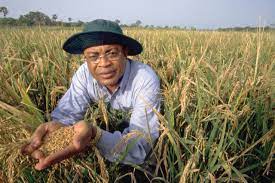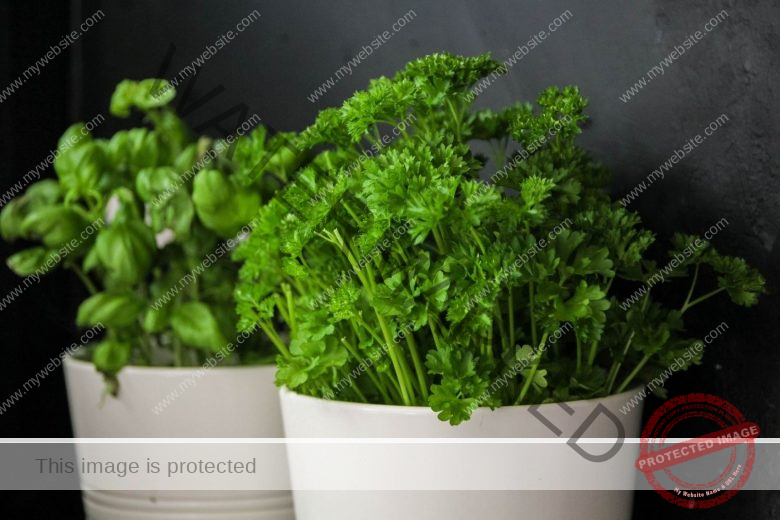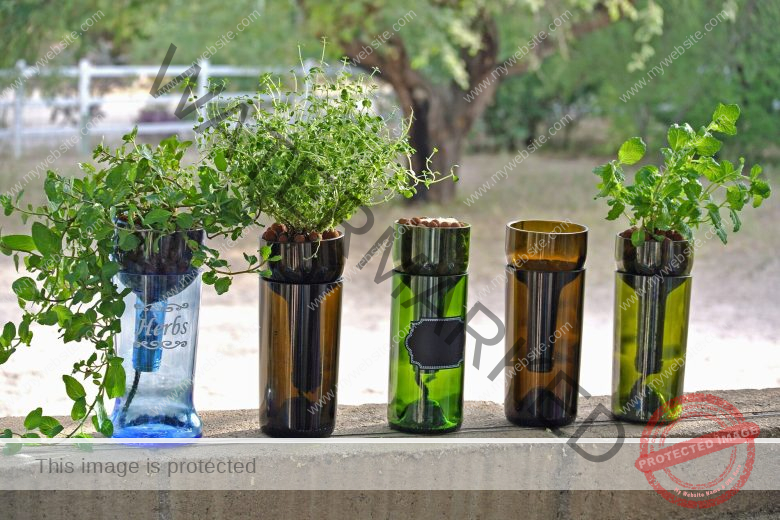Rice farming is considered a lucrative agribusiness in South Africa. The venture is an extremely lucrative industry for anyone who decides to get into it due to the high demand for rice for different reasons, especially during celebrations and ceremonies like weddings, birthdays, and other similar events.
To start rice farming in South Africa, you have to choose the right land, land preparation for rice cultivation, select the right rice specie, plant rice seedlings, fertilizer application, weeding and pest control, and harvest.
Rice can be planted readily in a garden bed, a bucket, or your backyard. However, we are interested in rice cultivation on the farmland, especially in South Africa.
[Tips & Tricks] How To Start Rice Farming In South Africa
Rice is classified as a semi-aquatic plant, meaning that it must grow in a flooded area or under constant irrigation. With this step-by-step guide, you can create the ideal environment for growing rice plants.
Read Also: How To Start Tomatoes Farming In South Africa [Beginners Guide]
Step 1: Choose the Right Land
Ensure that the soil in the area where you’re planting has a high-water retention capacity and is thus a mix of slightly acidic clayey, loamy, and or swampy soil.
Also, ensure that the location has a reliable water source and a way to drain that water when harvesting.
Read Also: How To Start Farming With No Money In South Africa (Zero Capital)
Step 2: Land Preparation for Rice Cultivation
The process of preparing the land for planting is known as land preparation. All unwanted plants must be removed from the land either manually or mechanically. Other preparation activities plowing to “till” or dig up, mix, and overturn the soil; harrowing to break up soil clods and incorporate plant residue; and leveling the field.
Read Also: [Beginners Guide] How To Grow Beans In South African
Step 3: Select the right Rice Specie
There are several rice varieties available. The rice variety you select will determine the level of yield at harvest. Make sure you choose the best species, especially those that are disease and pest-resistant.
Rice seeds can be purchased at any gardening or farmers’ supply store. You can also get help from a local agriculture field officer or buy rice seeds from a reputable agricultural store.
Step 4: Planting Rice Seedlings
We recommend that you soak the seeds before planting. Soak the seeds in a bucket of non-chlorinated water for 24-36 hours, or until germination begins with small rootlets growing out of the seed.
Read Also: [Best Guide] How To Grow Pepper In South Africa
Rice can be planted directly into the rice field or in the nursery and then transplanted to the fields.
Direct planting can be done by broadcasting or pouring the seed onto the seedbed. Transplanting methods involve moving sprouted rice plants from nurseries to the main farm, where they will mature.
Step 6: Watering
Flood your rice farm with water until the soil is saturated and at least 2 inches of water is visible above the soil. For the seeds to grow, your growing area must be constantly wet, so make sure your water isn’t draining too quickly.
Read Also: [Beginners Pdf] How To Start Growing Cucumber In South Africa
Step 7: Weeding and Pest control
Weeds may appear while your rice is growing for several months. Remove any weeds to keep the area clear for growth.
Also, pests would always infiltrate the farm with the intent of destroying every edible rice plant. However, you must always be on the lookout for potential pest attacks and take action as soon as you notice any pests by using herbicide, and fungicide.
Step 8: Fertilizer Application
You need to add fertilizer to the field to increase yield. That is why you must know which fertilizer to use and the right quantity that needs to be applied, at the right time to optimize the output. To avoid confusion, it is best to go to a nearby agro store.
Step 9: Harvesting
It will take about 3 to 4 months for your planted rice plant to ripen, which will be visible when the rice plant changes color from white to brown. This indicates that the rice is ready for harvest. At this point, you can begin harvesting your rice plant.
Can I Plant Rice In South Africa?
Rice can be grown in many parts of South Africa, including Kwa-Zulu Natal, the western areas of the Free State province, and Thabazimbi in Limpopo province, especially when irrigation is used extensively.
How Do I Start Farming Rice?
To start farming rice, look out for the step by steps plan including choosing a quality seed, selecting the right land, land preparation, choosing a planting method, water management, fertilizer application, weed control, pest, and harvest.
How Many Months Does It Take For Rice To Mature?
Rice plants grow to a height of three to four feet in 4 months after planting.
Do Rice Farmers Make Money?
Rice farming is a profitable enterprise, and rice farmers profit especially when they have a good harvest and a good market.
Where Does SA Get Rice From?
The majority of rice in South Africa is imported. It is reported that about 95 % of South Africa’s rice is imported from Thailand and India majorly.
Can Rice Grow On Dry Land?
Rice can be grown on dry land. Upland rice, also known as dry rice is grown on dry land rather than in flooded rice paddies.
What Is SA’s Biggest Export?
Corn, diamonds, fruits, gold, metals and minerals, sugar, and wool are South Africa’s major exports.
Where Is Rice Grown In South Africa?
In South Africa, the majority of rice is grown in the Kwazulu Natal region, the western area of the Free State province, and Thabazimbi. Rice is primarily grown under irrigation in South Africa, and the soil in these areas contains 15% clay, which can hold water well.
Does South Africa Produce Its Rice?
South Africa imports about 95% of rice into the country with just a little over 5% of rice produced in the country. This implies that South Africa is not a rice-producing state.
How Much Rice Does South Africa Import?
Rice importation in South Africa is very high with about 95% of rice imported into the country. Thailand and India are the major countries that export rice to South Africa over the years.
What Is Upland Rice Farming?
Upland rice refers to any of several rice varieties that can be grown without irrigation. This type of rice is also known as dry rice because it is grown on dry land rather than in flooded rice paddies.
Rice Cultivation Process Step By Step
Since rice is the staple food of South Africa, rice farmers in the country have tried to respond to this widespread demand of the people through rice farming.
The Steps Involved in rice cultivation are:
1 – Land Purchase
2 – Preparing the land
3 – Rice Seed Purchase
4 – Transplanting the rice seedlings
5 – Maintenance of the field
6 – Harvesting.
Modern Rice Farming Techniques
Modern rice farming techniques have improved rice cultivation beyond the methods used to be practiced. In recent times, there has been the involvement of mechanical equipment in rice farming rather than manual to foster the rice cultivation process.
Also, rice seedlings have been improved to harvest more yields and also encourage multiple planting around the year. The “dry direct seeded Boro rice production technology” is one of the recent developments by researchers.
Where To Buy Rice Seeds For Planting?
Rice seeds for farming can be purchased from a reputable farm shop or store, as well as a rice farmer.
How To Grow Rice At Home
Rice does not only grow on farmland; given the right amount of soil, water, and other nutrients, it can easily grow in your backyard, in a garden bed, or buckets. There is a rice variety that thrives in wet conditions, particularly standing puddles or swamp-like conditions, and there are those that thrive in dry land as well.
If you want to grow rice for personal consumption at home, the steps to take are outlined below.
Step 1: Go to a local nursery or gardening store and buy some seeds.
Step 2 is to soak the seeds.
Step 3: Get your soil ready.
Step 4: Prepare your planting area.
Step 5: Sow the seeds.
Step 6: Flood your planting area
How To Grow Rice In A Bucket
The steps to growing rice in a bucket are outlined below.
Step 1: Soak the rice seeds for at least 12 hours in a bowl of plain water before planting.
Step 2: Add 4 to 6 inches of all-purpose potting soil to the bottom of a plastic bucket.
Step 3: Cover the soil with a 4- to 6-inch layer of plain water.
Step 4: Pour the rice seeds from the soaking bowl into the bucket. The weight of the seeds will cause them to sink to the bottom.
Step 5: Position the bucket in direct sunlight throughout the day.
Step 6: Keep an eye on the water level to ensure that it does not fall below 2 inches during this early growth phase. Continue to water thoroughly daily.
Step 7: Harvesting
Rice Production In Africa PDF
Rice production in Africa PDF is a material containing all the information you need to know about rice production. The material contains a step-by-step guide and bonus instructions that will improve your rice production endeavors.
How To Grow Rice In A Pond
Growing rice in a pond is not difficult as you think it may be. Once you’ve prepared your land and flooded the area, you can broadcast the rice seeds or transfer already sprouted rice seedlings from the nursery to the flooded area.
Conclusion
Rice farming remains a green agribusiness in South Africa considering the high level of rice importation into the country. we recommend that you venture into this business to be among the few rice farmers reaping profits in South Africa. Ensure you have read and digested this material thoroughly before you begin your rice farming quest.





